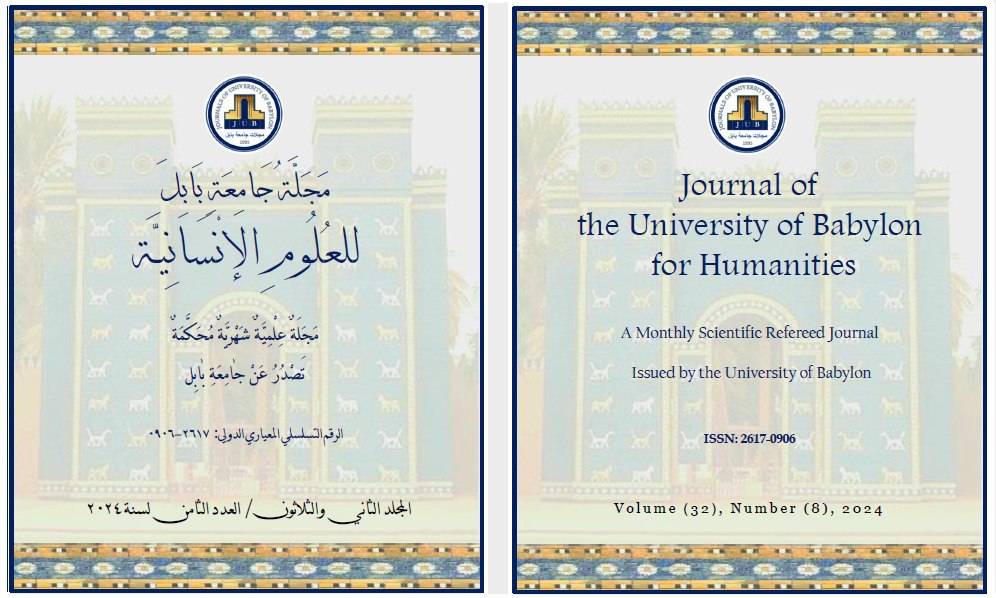Patterns of Comprehensive Cognitive Engineering in Muhammad Ghalim’s Writings
Main Article Content
Abstract
In this research, we discuss the patterns of comprehensive cognitive architecture in the writings of Muhammad Ghalim, which is concerned with monitoring the formal representational characteristics that characterize the design of the various mental faculties of the human brain, and determining the extent of their difference or combination, on the way to crystallizing a formal theory of the comprehensive cognitive structure of the mind/brain. It is a research that is becoming increasingly vibrant and active within the field of cognitive studies, due to the unparalleled gains achieved by a group of cognitive sciences, in particular cognitive neuroscience in its branches, comparative cognitive psychology in its branches, biological sciences, and others. This is in connection with an increasingly stronger and deeper connection with the sciences concerned with the study of specific cognitive faculties, such as linguistics, social epistemology, theory of mind, visual theory, musical theory, etc. Which has known, and is experiencing, great development thanks to this communication. Galim emphasized that this matter was specific to the aspects of cognitive engineering that govern the design of the language faculty and other sensory-cognitive and conceptual faculties within the mind environment of the human brain to contribute to filling an apparent void in the Arabic linguistic and intellectual library in this field. It is a natural extension of the development of Galim’s project, which seeks to Renewing thinking about the structure of meaning in the Arabic language and natural languages in general.
Article Details
Issue
Section

This work is licensed under a Creative Commons Attribution 4.0 International License.

